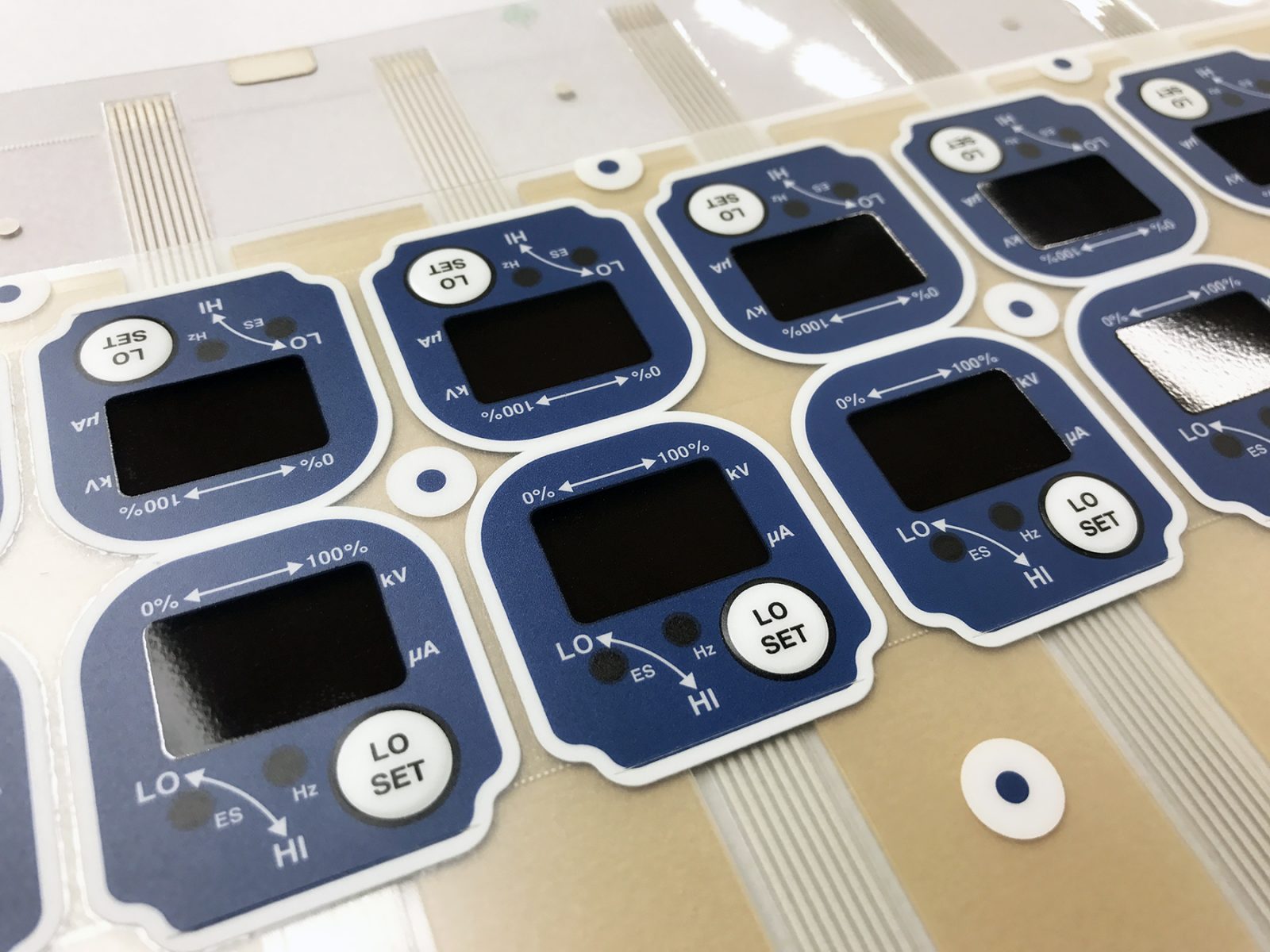Key Advantages of Using a Membrane Switch in Industrial Applications
Key Advantages of Using a Membrane Switch in Industrial Applications
Blog Article
Recognizing the Performance of Membrane Switches for Interface Tools
The capability of membrane changes represents a considerable development in user interface design, incorporating effectiveness with aesthetic convenience. As sectors progressively focus on user experience, comprehending the subtleties of membrane layer button technology becomes necessary.
What Are Membrane Layer Switches?
Membrane layer buttons are ingenious interface tools that promote user communication with digital tools. These versatile elements include multiple layers, consisting of a graphic overlay, spacer, and a printed circuit layer. The layout enables a smooth combination into different electronic gadgets, improving both the aesthetic and functional elements of interface.
Membrane layer switches are generally utilized in a wide variety of applications, from household home appliances to commercial machinery and clinical devices. Their building and construction usually includes a slim profile, making them an excellent selection for compact layouts. The responsive comments supplied by these buttons can be crafted to meet details customer choices, making certain efficient communication in between the customer and the gadget.
Sturdiness is another significant advantage of membrane layer buttons, as they are resistant to dust, dampness, and chemicals, which enhances their life-span sought after environments. In addition, these buttons can be personalized in regards to shape, size, and graphic design, allowing for branding and user-specific features. Generally, membrane layer changes stand for a useful option for enhancing customer experience in electronic tools, integrating capability with aesthetic allure in an effective manner.
Exactly How Membrane Changes Job
Operating on an uncomplicated principle, membrane layer switches use a layered building to sign up customer input effectively. Each switch consists of several layers, consisting of a printed circuit layer, a spacer layer, and a top visuals layer, which are made to collaborate seamlessly. When a customer presses the leading layer, it compresses the spacer layer, bringing the conductive elements of the circuit layer right into contact with each other.
This call produces a closed circuit, indicating the gadget to implement a particular feature. The layout permits various setups, including responsive responses, which can improve the individual experience by supplying a physical experience upon activation. The materials made use of in membrane layer buttons typically include flexible substrates, such as polyester or polycarbonate, which make certain durability and resilience versus deterioration.

Key Benefits of Membrane Layer Switches

One more substantial advantage is their density. Membrane buttons are thin and light-weight, which makes it possible for manufacturers to save area in their gadgets without sacrificing functionality. This attribute is especially advantageous in applications where weight and quantity are vital considerations.
Furthermore, membrane buttons are resistant to dust, wetness, and chemicals, improving their toughness. This resilience expands their lifespan and decreases the demand for frequent replacements, causing expense savings with time.
Additionally, the responsive feedback supplied by membrane layer buttons can be enhanced to enhance customer interaction. They can consist of functions such as increased switches or audible clicks, enhancing use and user experience.
Applications Across Industries
Interface tools utilizing membrane switches are common you could look here in a large variety of markets, showcasing their adaptability and performance. Membrane Switch. In the clinical sector, membrane layer switches are indispensable to tools such as diagnostic devices and patient surveillance systems, where their durability and simplicity of cleaning are vital for keeping health requirements. In the vehicle market, these switches are used in control panel controls and infomercial systems, offering a sleek and modern user interface for individuals.
Furthermore, the customer electronics industry gain from membrane layer switches in appliances and portable tools, where small layout and straightforward user interfaces enhance customer experience. Industrial applications additionally utilize membrane layer changes for control board in machinery and automation systems, emphasizing their effectiveness and resistance to rough atmospheres.
In the aerospace and defense industries, membrane buttons are used in cockpit controls and tools, where integrity and efficiency under extreme conditions are extremely important. In addition, the video gaming industry More about the author increasingly integrates membrane buttons in controllers and game machines, adding to an engaging customer experience. In general, the flexibility of membrane layer changes enables their prevalent use throughout countless industries, highlighting their importance in modern-day interface layout.
Future Patterns in Membrane Switch Over Innovation

Furthermore, the usage of innovative products, such as polycarbonate and polyester films, is expected to climb, providing enhanced toughness and resistance to ecological stressors. These materials contribute to the general long life of membrane switches, making them ideal for harsher industrial applications.
Furthermore, the consolidation of clever modern technology, consisting of IoT connection, will certainly enable membrane layer switches to communicate with other gadgets and systems, promoting an extra interactive user experience. This trend lines up with the expanding need for wise gadgets throughout different fields, from medical care to consumer electronic devices.
Finally, customization options are anticipated to expand, enabling producers to produce bespoke options tailored to particular customer demands and choices. These advancements will position membrane layer buttons as crucial components in the development of interface technology.
Conclusion
In final thought, membrane layer switches stand for a pivotal innovation in customer interface technology, providing a reliable and functional service for varied electronic applications. As improvements in product scientific research and touch picking up modern technologies proceed, the capability and applicability of membrane buttons are expected to broaden, enhancing their significance in contemporary digital tools.
Report this page